How to Deal With Knee Pain During Basketball
If you love basketball, your only goal is stay on the court. You’ll do anything to play—even play through knee pain.
While playing through knee pain can set you up for long-term injury--which can bench you for more than a season—if you do a few steps to protect the knee while playing, then you can temporarily push through the pain. However, once the game is over, your goal should be to find the root problem and get on a plan to heal the issue.
The Knee Joint
The knee is made up of the lower end of the femur (thighbone) and the upper end of the tibia (shinbone). The patella, which is your kneecap, slides in a groove from the bottom of the femur. Ligaments from the thighbone to the shinbone connect the bones to keep the knee supported and stabilized. The knee cartilage offers protection, keeping the kneecap cushioned and stable during fast movement.
How to Deal With the Pain
Once you experience knee pain, you should first evaluate on a scale of 1 through 10 the pain. If you’re more on the 10 side, then you should immediately sit out and take the pressure off of the knee.
If you’re pain is less than five and you feel like you can handle the pain temporarily, there are a few tricks you can do during basketball to keep playing.
Warm-Up
If you know you typically have pain during basketball or exercise, you should definitely warm-up, which includes: light jog and dynamic and static stretching. This will open up the range of motion, preventing more pain or stiffness during activity.
Roll
Get a foam roller, stick or tennis ball and start rolling the calf, quad, hamstring, glute and IT-band—basically all the muscles connected to the knee. This will help loosen up muscles that may be tight, which can pull on the knee causing a great deal of pain.
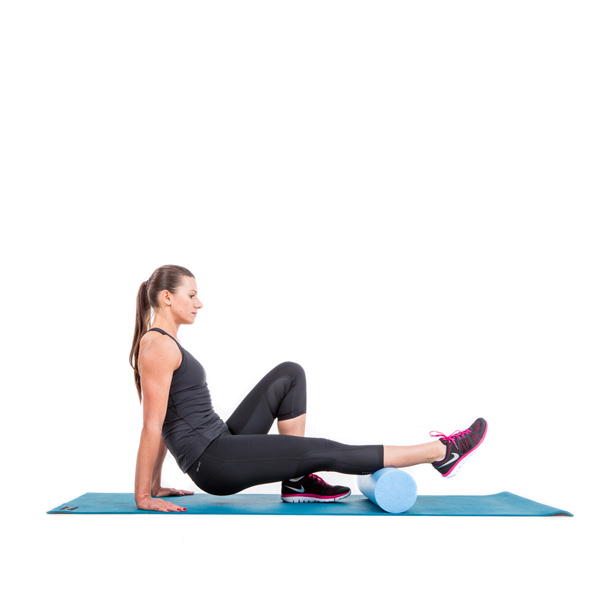
Calves
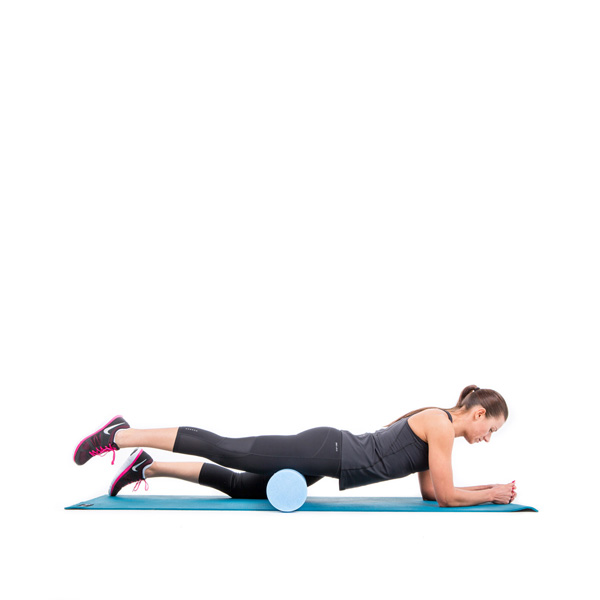
Quads
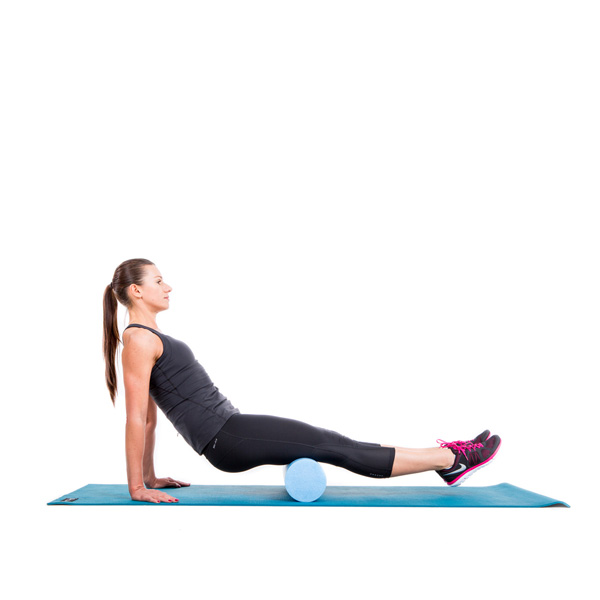
Hamstrings
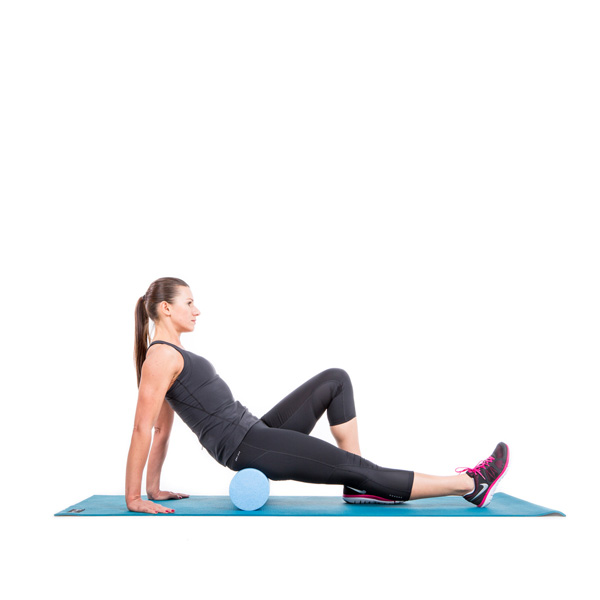
Glutes

IT Band
Stretch
After rolling, go ahead and stretch the muscles surrounding the knee to keep them loose.
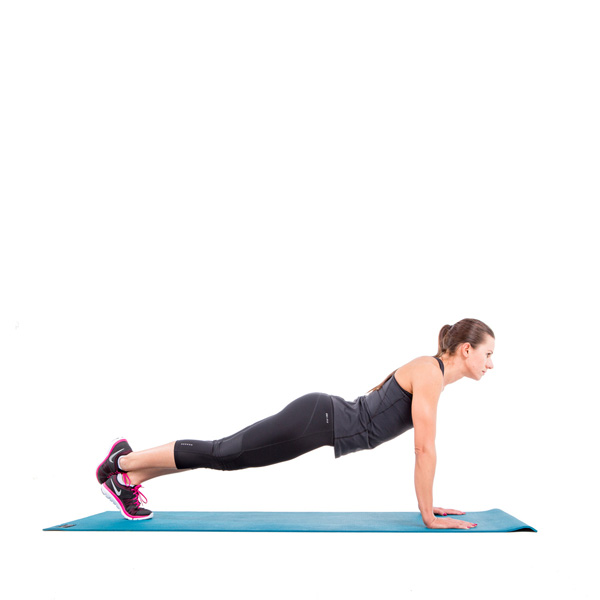
Calf Stretch
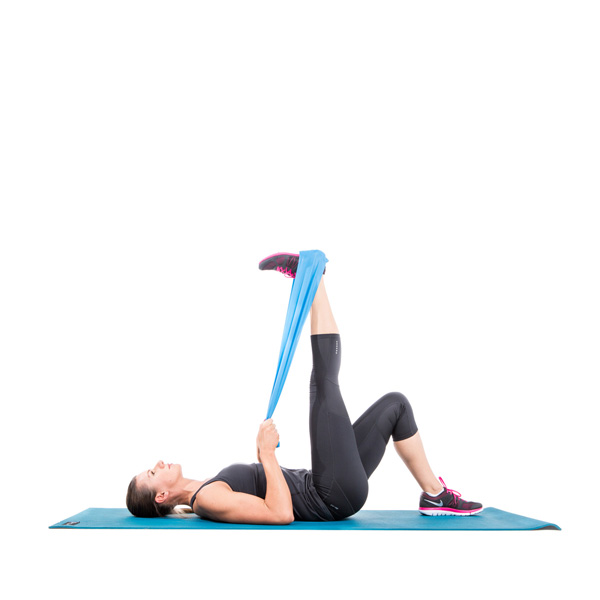
Hamstring Stretch

Hip Flexor Stretch
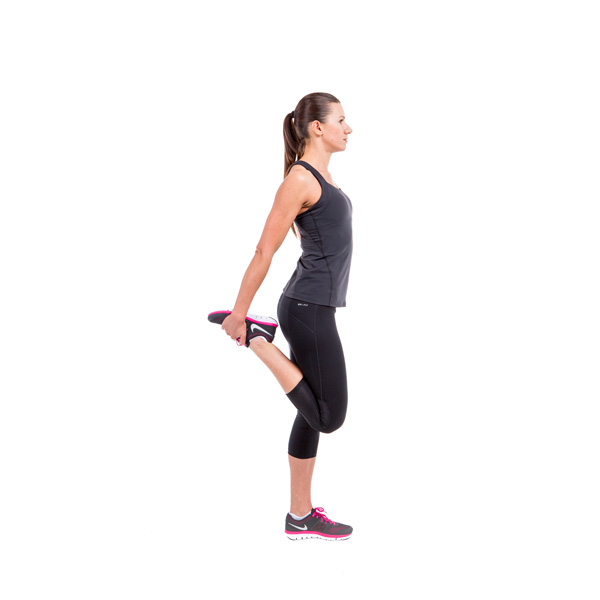
Quad Stretch
Electric Muscle Stimulation
In addition to stretching, another way to help ease knee pain is to use an electric muscle stimulation (EMS) device.
What is EMS? EMS sends tiny electric pulses through the nerves to activate the muscles, contracting the muscles and strengthening the muscle imbalances. Compex, a small EMS device, has helped many athletes increase blood flow, flush lactic acid, and build muscle strength. Many athletes tend to use their Compex EMS device when sitting on the bench to get the blood flow moving and strengthening any weak muscles that surround the knee.
Compression
One of the best ways to ease chronic pain is to compress the area. The heart pumps oxygen containing blood to your working muscles though arteries. Once the cells use the oxygen and other nutrients from the blood, they then deoxygenated it, along with lactic acid back to the heart. Once the blood gets back to the heart, it’s oxygenated from the lungs and the process is repeated. Compression keeps the oxygenated blood flow to the muscles, preventing lactic acid build up—which can cause fatigue and soreness. During basketball, a compression brace will help prevent pain and keep inflammation to a minimum.
If the pain in your knee continues to linger or get worse as you play, it’s important to speak with your doctor to find the root issue.











